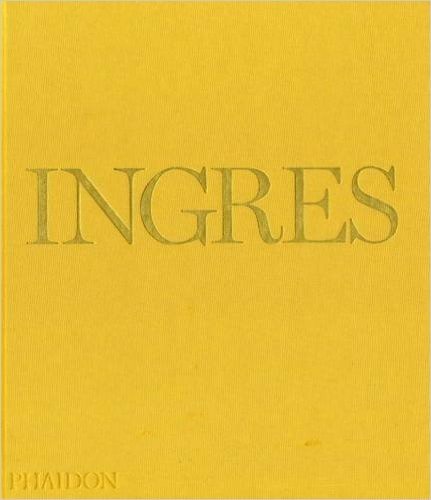
Ingres
- 作者
- Andrew Shelton
- 出版社
- Phaidon Press Inc
- 语言
- 英语
- 装帧
- 精装
- ISBN
- 0714848689
- 重量
- 1.8 Kg
- 电子书格式
- epub,pdf,txt,azw3,mobi,fb2,djvu
- 下载次数
- 6553
- 更新日期
- 2023-08-23
This new monograph explores the life and work of Jean-Auguste-Dominique Ingres (1780-1867), one of the most important artists of the nineteenth-century Neoclassical period. In this insightful and unbiased survey, Andrew Shelton provides the readers with a comprehensive portrait of the seventy-year career of this most celebrated artist. He examines Ingres' position within the turbulent society of eighteenth and nineteenth-century France (during his lifetime Ingres witnessed the revolution of 1789, the coronation of Napoleon as Emperor, the restoration of the monarchy, the revolution of 1830 resulting in the July monarchy, the revolution that delivered the Second Republic in 1848 and the rise of the second empire under Napoleon III in 1852) and the effect the shifting balance of power had upon his patrons and their commissions.The text also fully explores the frequent criticisms levelled at Ingres' work during his lifetime and examines how the sometimes amorphous torsos and extended limbs of his figures reflect the artist's obsession with purity of form over explicit realism. Schooled by France's most celebrated classicist, Jacques-Louis David, Ingres won the coveted Prix de Rome at the age of only twenty-one. His prize allowed him to travel to Rome to absorb the styles and techniques of Raphael and other Renaissance masters. His glory was short lived, however, since Ingres' adoration of Raphael, his sombre palette and his obsession with the clarity of line met with years of resistance from the Paris Salon and the burgeoning Romantic Movement, enamoured with the vivid colours of Paul Delaroche and the fluid brushwork of Eugene Delacroix.In time however, the artist's remarkable body of work won him many supporters and in 1825 he was awarded the Order of the Legion of Honour by King Charles X of France and was elected a member of the Academy. Ingres society portraits, including the beautiful likeness of the Comtesse d'Haussonville in New York's Frick Collection, and his languorous images of Turkish harems, such as the Grande Odalisque and the Bather of Valpincon in the Musee du Louvre, had confirmed him as the most famous artist of his age. Following his death in 1867 Ingres was awarded a state funeral with full honours. His students continued to teach the Ingriste style and several of his works were placed in the Musee du Louvre. The upcoming Impressionists of course met such traditional success with some disdain, however Ingres' paintings and his remarkable drawings have undeniably had a profound effect on artists such as Claude Monet, Edgar Degas, Pablo Picasso and Cindy Sherman amongst many others.
Ingres EPUB, PDF, TXT, AZW3, MOBI, FB2, DjVu, Kindle电子书免费下载。